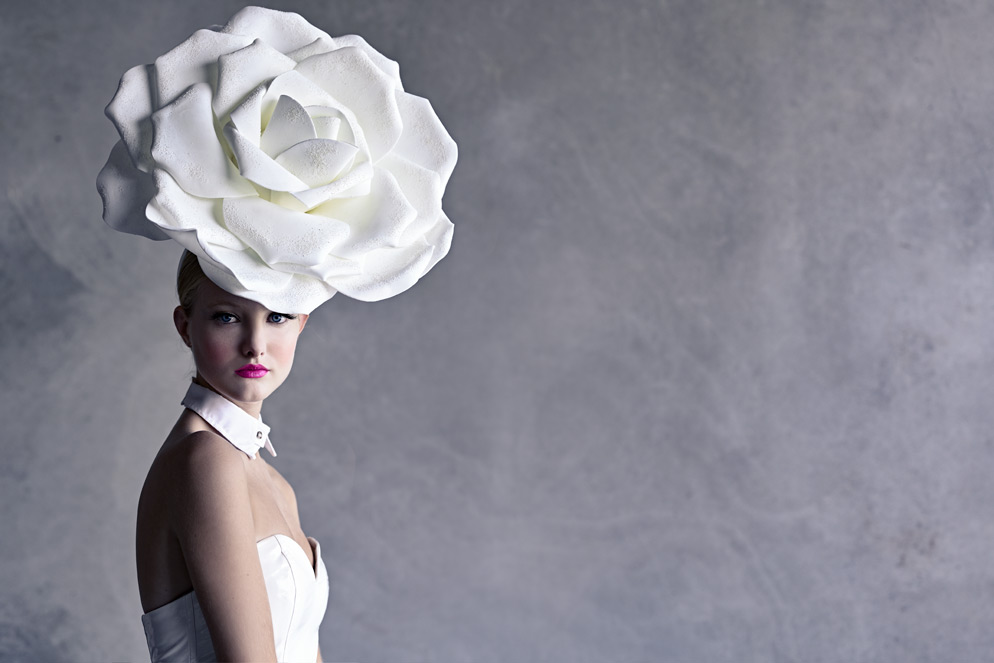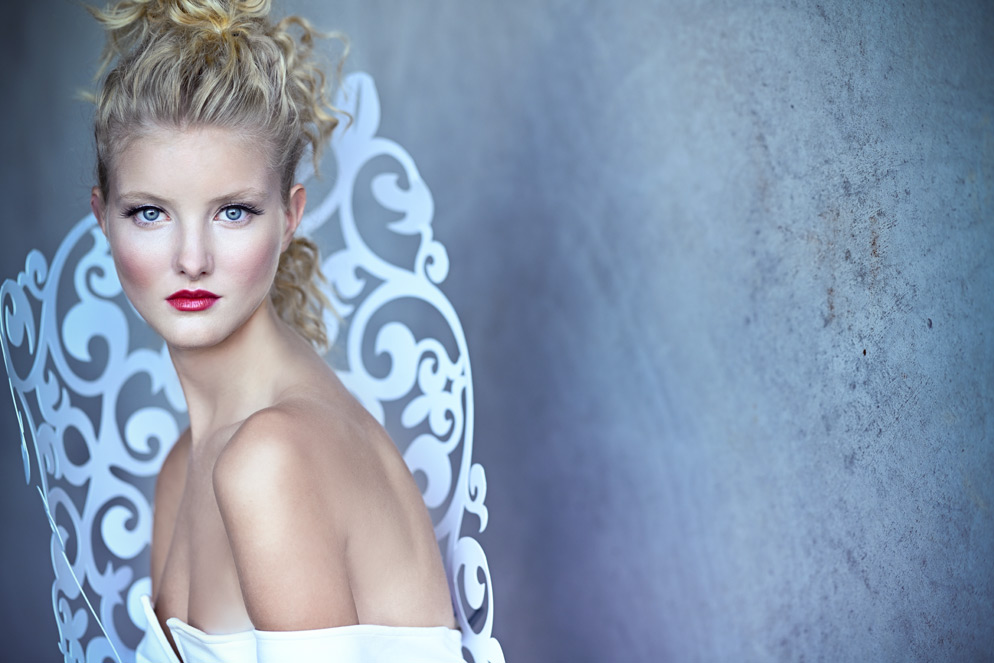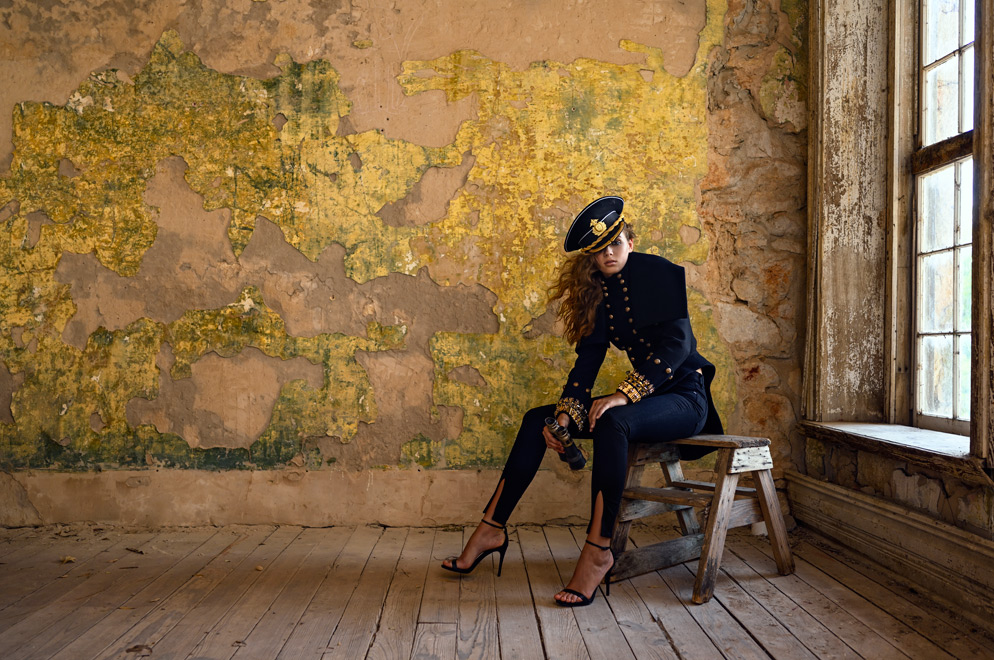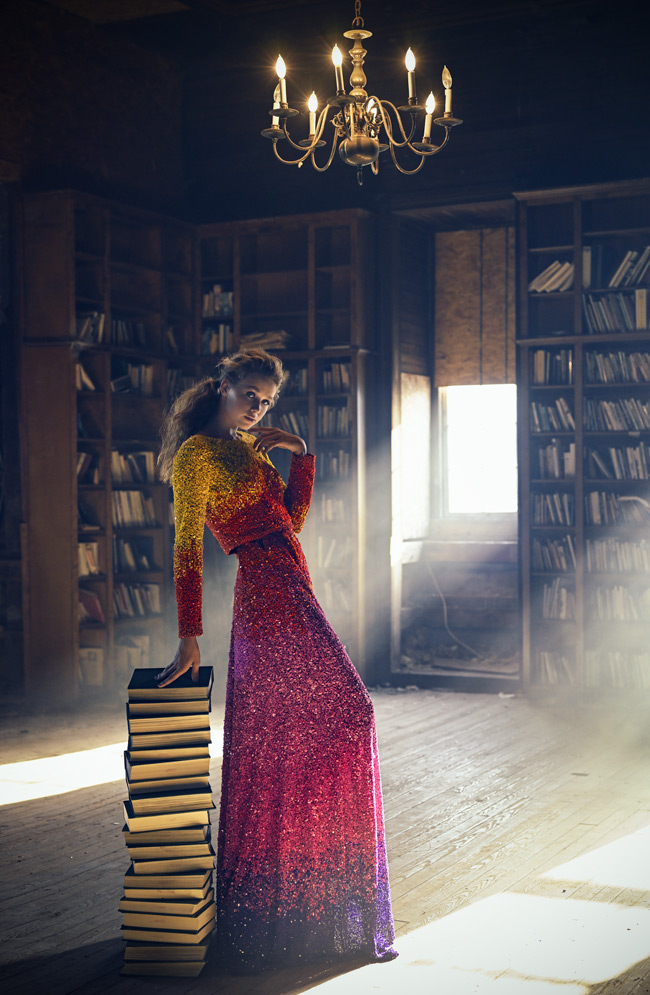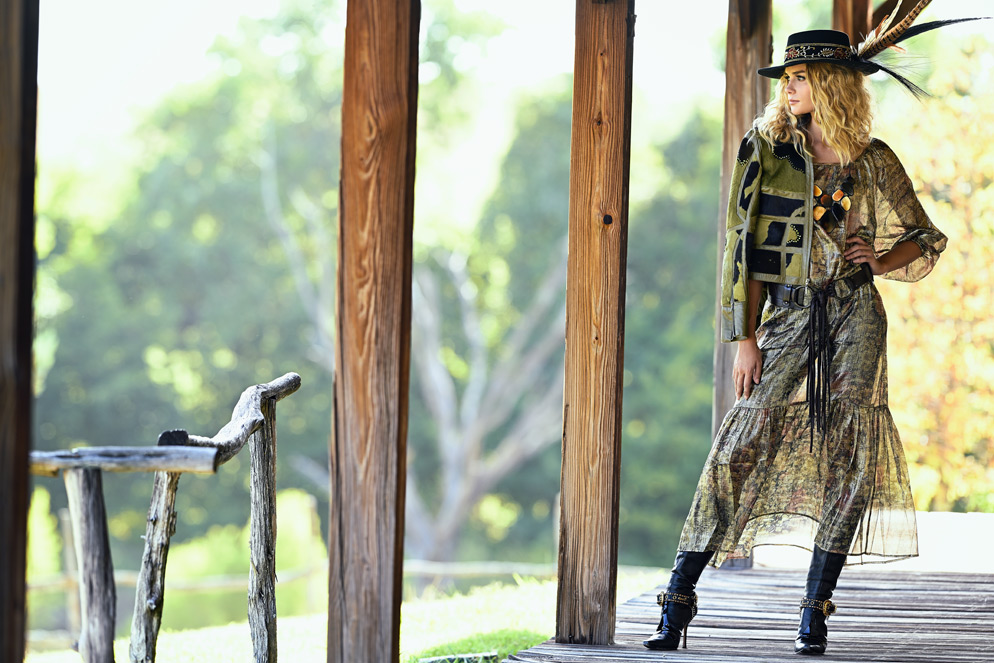Z 7: Real World
Dixie was quick to take advantage of the Z 7's 90 percent AF coverage of the frame. "I shot this one in a couple of different formats," she says, as the camera will do 16x9, 4x5 and 1:1 square in addition to the familiar 36x24 (35mm) rectangle. Z 7, NIKKOR Z 50mm f/1.8 S, 1/400 second, f/2.8, ISO 400, manual exposure, Matrix metering.
Mirrorless benefits go beyond lighter weight and smaller size
When we asked Nikon Ambassador and commercial fashion photographer Dixie Dixon about her first impression of Nikon's first full-frame mirrorless camera, the Z 7, she answered that the first thing she did was look at the camera's specs. "They were really amazing," she said.
But It turns out it was the second impression that mattered most. "It's really hard to realize the capabilities of this camera until you get it in your hands and take pictures," Dixie added.
Specs are one thing; the real world is entirely another.
The location here, and in the previous photo, was a private studio space that offered great textured walls. Both images were made in natural light. "For this photo I had her face the window so the light would wrap around her." Z 7, Mount Adapter FTZ, AF-S NIKKOR 105mm f/1.4E ED, 1/320 second, f/2.2, ISO 400, manual exposure, Matrix metering.
Form and Function
"Once I jumped into shooting with it, it felt really seamless," she says of the Z 7's real-world performance. "I feel like the Z 7 is a smaller, sleeker, sexier version of the D850."
While the smaller and lighter form of the camera was a significant plus, those attributes weren't at the top of her list. "The ergonomics are right, all the menus are easy to access and the image quality is insane."
Dixie isn't the only photographer who saw image quality above and beyond what was expected. She made special note of photographs taken with the NIKKOR Z 35mm f/1.8 S and NIKKOR Z 50mm f/1.8 S lenses. "I don't know what the secret sauce is, but I was pretty amazed at how sharp those lenses are."
She also saw great results when using the Mount Adapter FTZ with her 105mm and 200mm NIKKORs. "The adapter is an adapter on steroids—the quality I got with the 105 and 200 [on the Z 7] was the same as what I'm used to when those lenses are on the D850."
For a harder-edged look to some of the early Z 7 photos, Dixie also shot in an abandoned school. "It was a beautiful location for texture and detail," she says. "The wall here looked like a decaying map of the world." Z 7, NIKKOR Z 35mm f/1.8 S, 1/200 second, f/2.8, ISO 250, manual exposure, 3D Color Matrix metering.
Into the Mix
Dixie sees the Z 7 fitting effortlessly into her work, and in some cases even giving her new options and possibilities. "One of the things I was really impressed by was that the camera's focus points cover 90 percent of the viewfinder—I'm used to having to focus and recompose if I was composing a photo with a model on the edge of the frame.
"And I'm really excited about getting more and more into video. Up to now the biggest struggle for me has been to manually focus for video, so I've ended up having the ideas and the vision, doing the script writing and then directing the video, but not being the camera operator. But the AF for video on this camera is just incredible, so I'm going to shoot a lot more video going forward."
The camera's pinpoint AF is also going to be especially helpful for close-up beauty shots. "I'll be using that a lot to really focus on my subjects' eyes. Usually when I'm shooting wide open I expect there's going to be some times when I didn't quite nail the focus, but with this camera I didn't see anything that wasn't sharp."
See It Now
The Z 7's combination of fast frame advance and focus accuracy allowed Dixie to capture details and moments she didn't see in the viewfinder. "When I'd zoom in on the frame in the viewfinder using the touch screen, it was often, Oh, I didn't see that with my own eyes—so much detail!"
At first she was "a little leery" about an electronic viewfinder—"I love DSLRs so much"—but when she started using the camera she realized that unlike a DSLR, she could see immediately the result of camera settings changes. "I saw instantly what [the image] was going to look like before I took the picture. That was so cool—I didn't need to make a test shot, so with this camera I'll be able to shoot a lot faster." And when you shoot, as she does, a lot of big production assignments complete with models, stylists, assistants and client reps on set, shooting faster and nailing it immediately can't help but enlarge the comfort zone.
"Digital was, and is, a great teaching tool in the sense that you could instantly see the results of the shot," Dixie says, "and now you can see what the shot will look like before you take it—and you can confirm the details when reviewing the image. People getting into photography will learn a lot faster if they can instantly see how the image changes when they change settings. That's going to be so important when it comes to things like judging lighting.
"Wish I had that when I started."
"This was the last shot of the day at the old school—it's the library, five stories up, and we took the whole crew up there. There was light streaming in, and there's added atmosphere thanks to a fog machine we hauled up to the top floor. I was looking right into the light, so I was really trusting the camera's AF here." Z 7, NIKKOR Z 50mm f/1.8 S, 1/320 second, f/2.8, ISO 800, manual exposure, Matrix metering.
"I wanted a totally different look for some of the photos, so we shot at a friend's ranch in East Texas. Middle of the day, a tripod shot—I loved how the camera got the textures and the details." Z 7, Mount Adapter FTZ, AF-S NIKKOR 200mm f/2G ED VR II, 1/200 second, f/4, ISO 250, manual exposure, Matrix metering.

